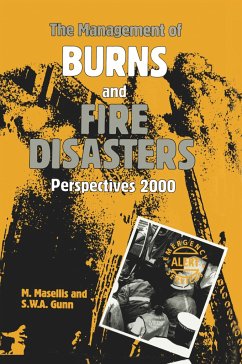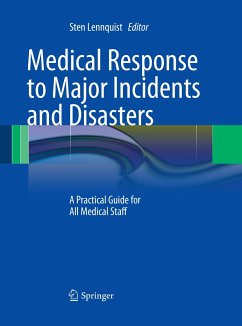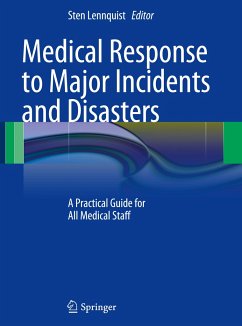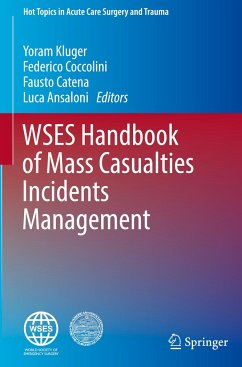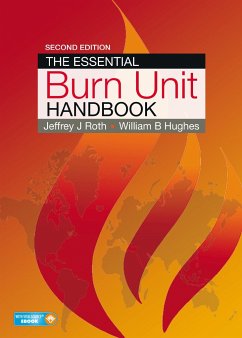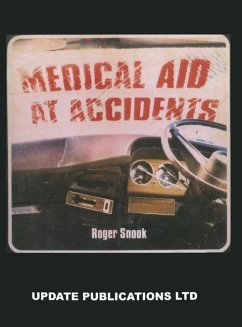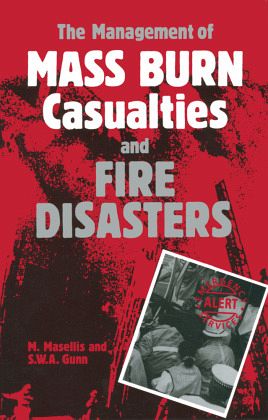
The Management of Mass Burn Casualties and Fire Disasters
Proceedings of the First International Conference on Burns and Fire Disasters
Herausgegeben: Masellis, M.; Gunn, S. William A.

PAYBACK Punkte
77 °P sammeln!
Thermal harm is one of the most traumatizing assaults on man and his environment. Whether suffered by living beings as burn injury, or sustained by societal structures as fire damage, the resulting physical pain and material loss can be extremely distressing both to the person and to society. The health professions and in particular burn specialists have been continually developing effective means of combating burn disease and promoting rehabili tation of the victims, especially in mass casualty situations. In parallel, various levels of the community have been mobilizing fire prevention and f...
Thermal harm is one of the most traumatizing assaults on man and his environment. Whether suffered by living beings as burn injury, or sustained by societal structures as fire damage, the resulting physical pain and material loss can be extremely distressing both to the person and to society. The health professions and in particular burn specialists have been continually developing effective means of combating burn disease and promoting rehabili tation of the victims, especially in mass casualty situations. In parallel, various levels of the community have been mobilizing fire prevention and fire-fighting mechanisms that protect society and the environment from the ever-increasing hazards of fire disasters. It is therefore surprising that, while aiming at the same objective, the two sectors have rarely come together; doctor has rarely worked with fire chief. Yet both disciplines have so much to learn from and contribute to each other's efforts. The Mediterranean Burns Club is a professional organization that brings together persons concerned with burn therapy and fire safety in all forms, especially in the countries of the Mediterranean basin. It is honoured to have been identified by the United Nations as a premier scientific body in its field within the programme of the International Decade for Natural Disaster Reduction. It is therefore natural that it should have initiated an international gathering of specialists engaged in burns as a surgical, clinical problem, and of counterparts dealing with fires as a societal, disaster management problem.





